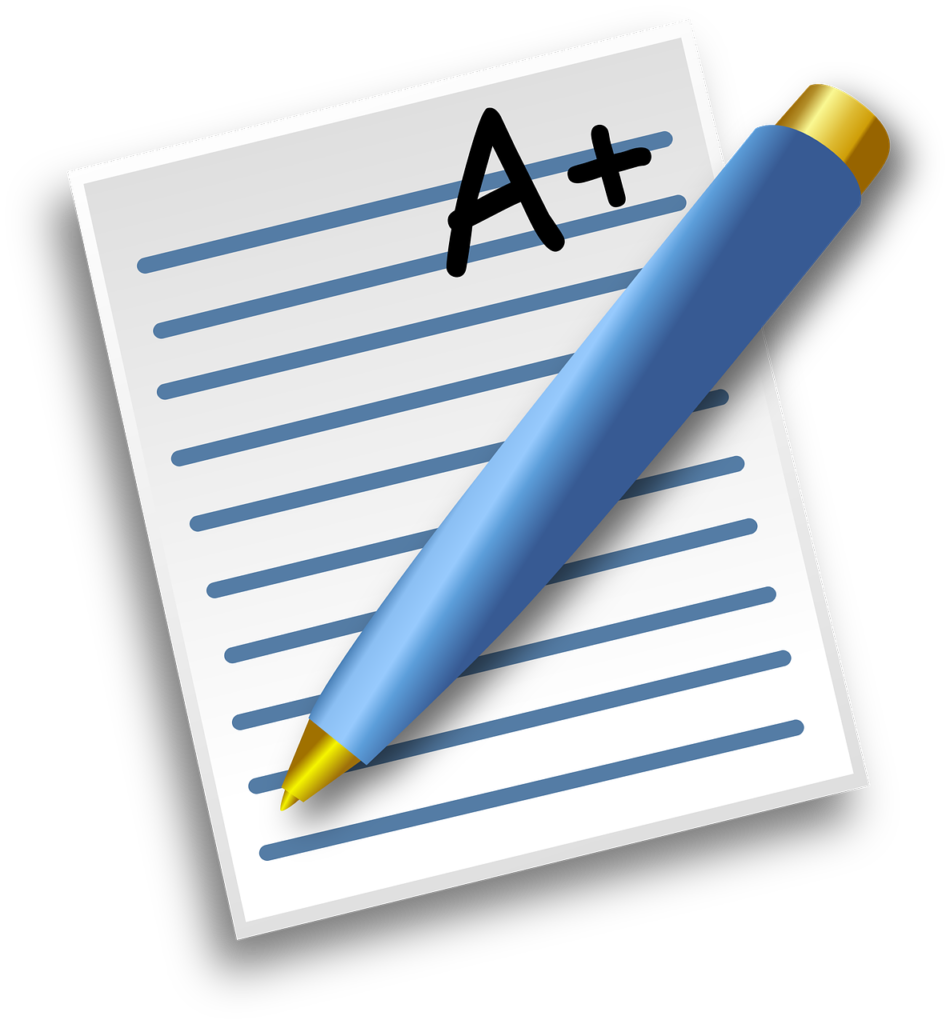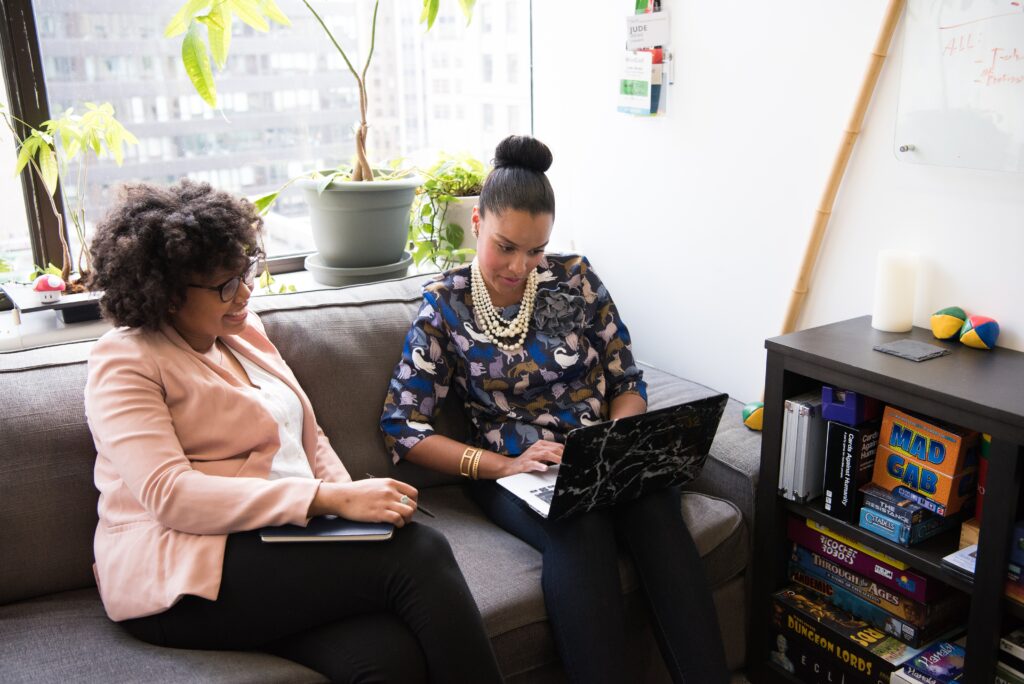A few thoughts on grades by people who think deeply about teaching and learning:
Grades are not a good incentive.
Jesse Stommel (2021) Ungrading: An Introduction
Grades are not good feedback.
Grades encourage competitiveness over collaboration.
Grades are not good markers of learning.
Grades don’t reflect the idiosyncratic, subjective, emotional character of learning.
Grades aren’t “fair”.
Grades can dampen existing intrinsic motivation, give rise to extrinsic motivation, enhance fear of failure, reduce interest, decrease enjoyment in class work, increase anxiety, hamper performance on follow-up tasks, stimulate avoidance of challenging tasks, and heighten competitivenes
Shinske and Tanner (2014) Teaching More by Grading Less (or Differently)
Whew! If grades are so bad for learning and we are here to help people learn, how do you measure and communicate student learning?
That is an excellent question! Welcome to the world of UnGrading, where students have more autonomy; faculty no longer spend dreary hours marking final assignments; stress is down and joy is up in the classroom; and the relationships between faculty and students and between teaching and learning are greatly enhanced. Sounds like a big promise doesn’t it?
Why are grades so “bad”?

The research on grades shows that they impede learning because students often focus on the grade as the final destination instead of on the learning process itself. When they do this, their self-worth derives from a letter grade “given by” the teacher (But I am straight A student! How can I be a C?) while we want them to see that they are gaining skills and new knowledge by virtue of their own efforts to learn. This approach undermines their sense of autonomy: confidence in one’s accomplishments grows when one’s own efforts lead to new skills and new ways of seeing the world—when you make learning your own. When learning is defined as someone else having the power to label you as an ‘A student’ or a ‘C student’, the motivation to learn is devoid of fun, enthusiasm or curiosity about what’s next.
Grades are also not transparent. What does “95” actually mean? What is an “A-“ in terms of the quality of student work? Just giving a piece of work a letter grade does not communicate anything about how the student has performed or what they could do better. In spite of having an A -E ‘grading scale’, faculty still have to make great efforts to communicate the quality of work that they expect students to be able to produce.
Grades are seen as ‘final’ by students. Any feedback accompanying a grade, no matter how well-intentioned or well explained, will be disregarded by most students. This is because they are practical people: they know they have limited hours in each day so spending time studying instructions on how to improve a product that has already received a final grade is a waste of their time. Unfortunately, when students do not attend to feedback it creates a sense of frustration in faculty who have spent a great deal of time and effort making thoughtful comments on final work. When this happens, teaching and learning are not aligned in ways that create satisfaction in the classroom—for students or for faculty.
So how do we ‘ungrade’ without giving up our standards?
Happily, as in most teaching situations, there is more than one way to solve the problem. In each case ungrading your course requires
- Clarity around learning outcomes
- A solid feedback plan that includes multiple sources of feedback (not just you!)
- Ongoing communication with the students about their work and the expectations for quality
- A willingness to give students more autonomy in how the course unfolds
What we describe below is just a brief snapshot of your options, loosely adapted from Jesse Stommel’s blog “How to ungrade” and including a few additional ideas. The list is not intended to be comprehensive. Implementing these options will look different in every course because they can be used singly or in combination with one another, and they will entirely depend on the teacher’s expectations and learning outcomes for the course. So—treat this list as just a start to a conversation around how to design your course around ungrading strategies.

Grade Free Zones
Grade Free ‘Zones’ can be engineered in a variety of ways: you could give only formative feedback for the first third of the course so students can try things out, experiment with their ideas, receive feedback, learn what ‘quality’ means to you, and improve their initial efforts before it counts for a grade. Or you could mark only some assignments, leaving others entirely grade free. You could use peer assessments, self-assessments and your own perspective on students’ work to devise a schedule of 2-3 ‘interim progress grades’ on the entire work of each student throughout the semester.
Peer Assessment

Peer-Assessment is particularly useful in helping students understand the quality of work expected and how they stand in relation to their peers in reaching learning outcomes. Having groups of students review peers’ work can help each student see what their peers do well and gives them valuable feedback that is outside the teacher-student-grades authority structure.
To avoid empty feedback (‘this is great!”) a ‘norming’ exercise that asks students to explore what ‘quality’ means is essential. Give them 3 examples of a potential response to an assignment—one mediocre, one quite good with some flaws, one somewhere in the between—and have groups evaluate those products. They can answer questions such as Which one is the ‘best’? Why? What is the one thing you would suggest to improve this work? Once the whole class has had a conversation about the successes and flaws of each example, students are ready to give peers useful feedback. You can even ask students to build a simple 3 criterion rubric based on the class conversation that will guide their own work and their peer reviews. Or you can give peers a set of 3-5 questions to consider as they review their colleagues’ work.
Self Assessment
Self-assessment is a powerful way to help students understand where they stand vis à vis your expectations of quality, and to empower them as autonomous, self-directed learners. Once students have explored what ‘quality’ means in your class (see ‘norming’ in Peer Assessment above) they can apply those standards to their own work and suggest the grade they should receive. Any such suggestion should be accompanied by evidence of learning they can point to within their work. When grading their work, you begin with their self-assessment and review their work with that assessment in mind. This saves you time in final marking because you are reading with a specific purpose: looking for the proof of the students’ expressed sense of accomplishment rather than trying to give feedback on every aspect of their work.
Formats particularly well-suited to Self-Assessment might include:
- Process Letters which ask students to describe their own learning and how it has evolved over the course of the semester, showing work they may not even have handed in to illustrate what they believe is important in what they learned. These can be text based, screencasts, videos, blogs with pictures of their work.
- Portfolios where students place (electronically or not) their semester’s work. A portfolio could include only their final, best drafts, or it could be a ‘working portfolio’ where they show multiple drafts of a product to make the case about what they have learned. An advantage of an electronic portfolio is that it is portable and can be used in other contexts (job interviews, applications to graduate school…) to show what they can do.
Minimal Grading
Minimal Grading can take a few different forms. You might create a grading scale with far fewer levels—rather than a complicated scale with A, A-, B+, B, B-, etc. that cannot express your ideas of each level’s quality. Instead, you use “turned in/not turned in”; “pass/fail”; or “strong/satisfactory/needs improvement” as your criteria for student submissions. This approach makes student work much easier to mark and it’s easier to give feedback with fewer distinctions to keep in mind.

Another flavour of minimal marking is to aim at only one criterion of an assignment to the exclusion of other criteria while the student is learning a specific skill. This works particularly well for larger assignments with ‘phases’ of development of skills. For example, a beginning writer needs to find a substantive topic, organize an essay well and show command of grammar and spelling. But students cannot attend to feedback on all those things at once: they need feedback on each skill separately. Good writing is good thinking: students cannot attend to mechanics of writing when their ideas are still muddled. Only when they have made a substantive claim about a topic and have achieved good organization is there room to receive feedback on grammar. So this kind of feedback must take into account each student’s existing skills and those they still need to develop.
Finally, STOP giving detailed feedback on final assignments. It’s not worth spending your time that way if students do not read the feedback. The student who wishes more feedback will benefit from a visit to your office for a focused conversation about their work.
Authentic Assessment
Authentic Assessment focuses on assignments that fulfill the learning outcomes of our courses while offering intrinsic value to students that excites their enthusiasm for learning.
One way to test your assignments for their authenticity is to ask yourself the questions: what does this assignment ask students to do that they couldn’t do before taking the course? What will show that they’ve changed how they think and act? These questions require you to imagine your students inhabiting their future with your course under their belt: they help you focus on what you know are the real skills, attitudes and knowledge that students will need to be successful beyond the end of your course. Focusing on what students will be able to do with the core concepts of the course helps students see why the assignment is relevant to them beyond just receiving a grade.
Elements that can encourage students to find intrinsic value in an assignment include a connection to their personal interests and the feeling that they have autonomy to make a meaningful choice in how they demonstrate their skills and knowledge.
Relevance and autonomy can also be built through assignments that result in public, durable, or renewable products (not just for the teacher’s eyes).
Student Choice: you can offer students an array of possible topics and formats in which to present their learning at the end of the course. Students can pick topics and formats of interest to them. If the learning outcomes of the course are clear, it will not matter if they submit a video, a research paper, a sculpture, a collage or an original piece of music as the final assignment, as long as they accompany their final product with a description of how it reaches the learning outcomes of the course. Or students can be given time to find their own topic to explore and submit. If you choose this option, it will be important to have them make a proposal and to have several ‘check ins’ throughout the semester to see how they are coming along.
Public, durable or renewable products require an audience beyond the confines of the classroom. When work is presented to a wider audience (experts in the field, community members, the university community, the wider world…) students see themselves as contributing to a field of knowledge as ‘new experts’ and feel the pressure to present strong products that will gain recognition beyond the grade a teacher might place on the work.
As you can see, implementing any of these ideas will require a rethinking of assignments and a new look at the organization and alignment of your course. All of these strategies aim at deconstructing the traditional power structure of the classroom; emphasizing student autonomy; and focusing on the process of learning more than on grades.
As always, our blogs are just introductions to our teaching topics. You likely have your own questions about the process of ungrading, the philosophy behind doing it, or the practical usefulness of making these changes that we have not addressed. Contact us at learnsupport@viu.ca if you want a one-on-one conversation about how you might adapt any of these ideas for your own teaching.
Want to Learn More?
Check out these additional resources:
- Jesse Stommel, Ungrading: An Introduction [Blog Post]
- Jesse Stommel, How to Ungrade [Blog Post]
- Amy Hasinoff, Do You Trust Your Students? [Blog Post ]
- Teaching and Learning Teaching More by Grading Less (or Differently) Shinske and Tanner [Research Article, 10 pages]
- Ungrading: Why Rating Students Undermines Learning (and What to Do Instead) 2020 Susan D Blum (Editor) [Book]
- Available to sign out from the CIEL Library
- Ungrading: When and How I Don’t Grade [Video: 23:54]
Join a Conversation with Colleagues
If you would like to learn more about Ungrading, we invite you to sign up for a round table conversation facilitated by CIEL.
UnGrading—What is it and how would you DO it?: A Conversation with Colleagues
1:30 – 3:00 pm, Friday, February 10, 2023
And, as always, we encourage you to contact us for a conversation about this or any other teaching and learning topic.